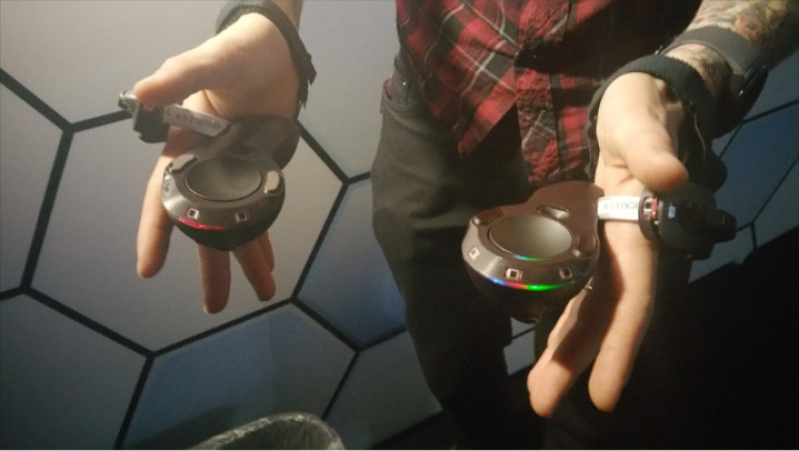
Is virtual reality (VR) the next frontier when it comes to computer usage? That might just be the case, what with our smartphones and mobile devices taking on the VR landscape through the likes of the Gear VR. What about other players like Microsoft? At the recently concluded Microsoft Build keynote, the Redmond company did underline their interest in showing off the future of computing by offering the masses with a relatively affordable VR set to kick things off. Simply called Windows Holographic, this particular bunch of headsets will be manufactured by third party vendors with a starting price of $299 a pop. In fact, if you would like to bring home the first Windows Holographic bundle that is accompanied by a unique controller, then it will cost another Benjamin more. This particular bundle is tipped to arrive later this fall, where Acer is the hardware manufacturer for the VR headset, while the two VR motion controllers will have Microsoft throwing its weight behind it.
HP’s and Acer’s "developer kit" versions of the Windows Holographic headsets which are up for pre-order from the Microsoft Store for $329.99 and $299.99, respectively, will not arrive with its controllers. In terms of hard specifications, the two of them do seem to be similar in nature, sporting a pair of 1440 x 1440 panels (one for each eye), a 90Hz refresh rate, a combination HDMI/USB 3.0 plug through a 4 meter long cable, as well as the uber important "inside-out" tracking system.
It must be said that Microsoft is breaking new ground with these VR motion controllers, since they happen to be the very first major announced VR input devices which will offer support for such kind of inside-out method of tracking. In other words, the headset itself will look for and track wherever these controllers are moved. There will be room for additional options on the VR market which might require discrete, separate tracking devices, such as IR sensors for the HTC Vive, USB-connected IR cameras for Oculus, or perhaps in the form of Google’s Daydream that comes with a fake, gyroscope-fueled "sense" of hand location. With the package looking as though it is extremely affordable, thanks to a price that is cheaper than a new smartphone, being able to work with low spec Windows machines without the need for additional webcams or sensors, jumping aboard the VR bandwagon does seem to make life easier for the masses.
In fact, this Microsoft VR motion controller will be equipped with a light array that compatible headsets are able to track thanks to the integrated "inside-out tracking" systems. Will the likes of VR Halo make its way to the Xbox Scorpio one of these days? After all, it is always efficient to see such technology “trickle” down to the masses, just like how advancements in Formula 1 have contributed greatly to the way vehicles run on our roads each day.
However, while the Windows Holographic bundle might seem to be the next best thing since sliced bread, it could actually end up as obsolete before it launches in the fall, no thanks to other players that are interested in the same market as well. For instance, SteamVR could very well have made it game over even before the Windows Holographic bundle arrives for the masses to enjoy. For one, the "Knuckles" controller is well on its way, which is actually a common code word that carries the capital K in front, and there are indicators from VR game developers who claim that far more fantastic controllers are in existence, ready to be unleashed to the mass market. Assuming those more capable controllers are released earlier with a price that is similar to, or undercuts Microsoft’s pricing, it might be game over for Microsoft before they even begin.







